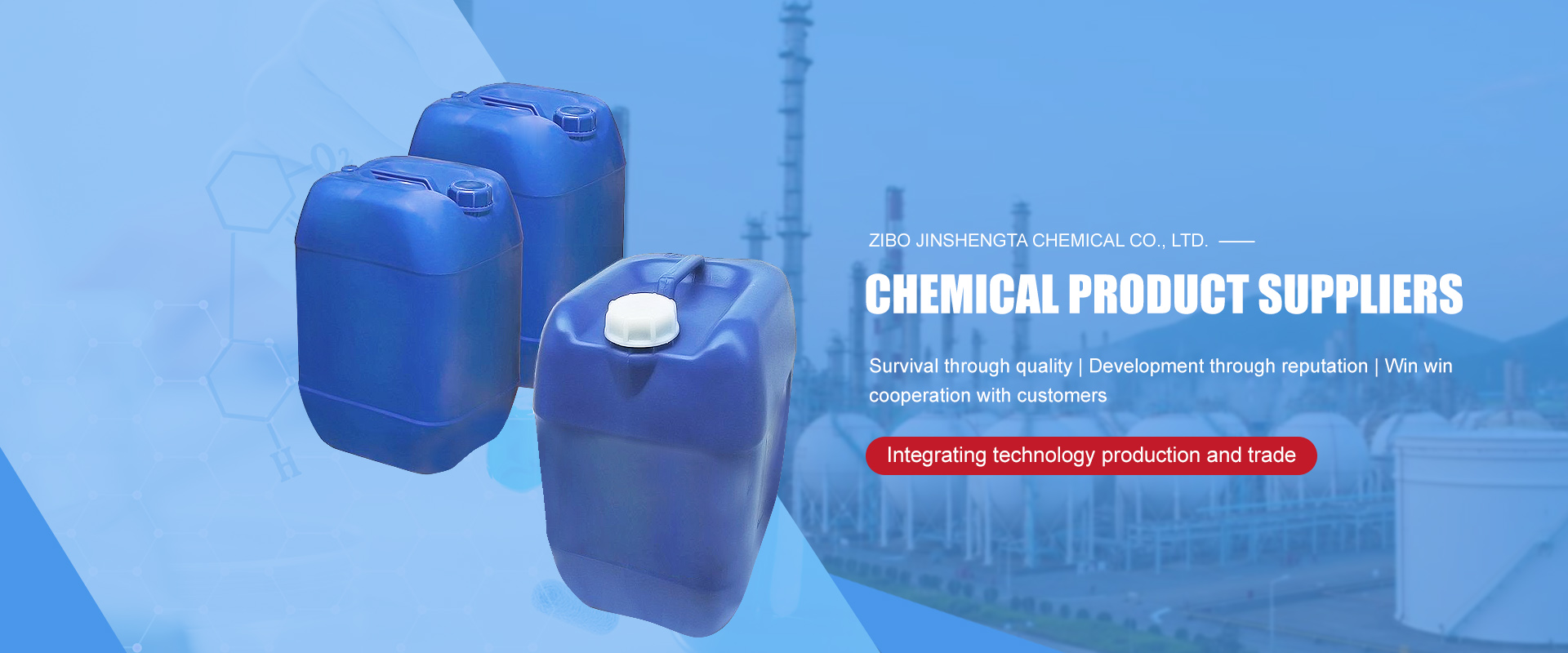The use of chloroacetyl chloride and its applicability as an acylation reagent
2025-05-09 From: Zibo Jinshengta Chemical Co., Ltd. Browsing times:25
1、 Chemical composition and properties of chloroacetyl chloride
Chloroacetyl chloride is an organic compound with the chemical formula C2H3ClO. It is a colorless liquid at room temperature and has a pungent odor.
2、 The use of chloroacetyl chloride
Chloroacetyl chloride has a wide range of applications in chemistry, serving as a reagent or intermediate for acylation, etherification, sulfonation, nucleophilic substitution, and other reactions. It is also one of the commonly used reagents for the preparation of organic chlorides and chlorosulfides. In addition, chloroacetyl chloride can also be used for the preparation of drugs, pesticides, fragrances, and dyes.
3、 The role and applicability of chloroacetyl chloride in acylation reactions
Acylation reaction is an important organic synthesis reaction commonly used for the synthesis of organic compounds such as anhydrides and esters. Chloroacetyl chloride can participate in acylation reactions because it can react with hydroxyl and alcohol groups to generate corresponding acyl compounds. In addition, chloroacetyl chloride has a high affinity for amines and can undergo amide formation reactions.
In practical applications, chloroacetyl chloride is commonly used as an acylation reagent, which can acylate organic compounds containing hydroxyl or alcohol groups into corresponding anhydrides or esters. Compared with other acylation reagents, chloroacetyl chloride has a fast reaction rate, simple operation, and high yield. But chloroacetyl chloride is sensitive to moisture and must be used under dry conditions.



